Ceramic water dispenser lid: 34 ppm Lead. Safe by all standards.

 Introduction:
Introduction:
Tamara Rubin is a Federal award winning independent advocate for consumer goods safety and childhood Lead poisoning prevention. She is also a mother of Lead-poisoned children. She began testing consumer goods for toxicants in 2009, and was the parent-advocate responsible for finding Lead in the popular fidget spinner toys in 2017. She uses XRF testing (a scientific method used by the Consumer Product Safety Commission) to test consumer goods for metallic toxicants (including Lead, Cadmium, Mercury and Arsenic). To read more about the testing methodology employed for the test results reported on this blog, please click this link.
Below you will find the XRF readings for metals found for the item pictured. All readings are done multiple times to confirm the results for each component before sharing one full set of the readings for the item pictured. Results are replicable, science-based and accurate.
For some additional background about this work, please read the following links:
- A post discussing the testing methodology used here on this website.
- A menu with buttons for many of the different categories of information that can be found here on LeadSafeMama.com.
- A link to my documentary feature film on childhood Lead poisoning.
- The short video that shows you how to search this site.
- Items you can test at home with a LeadCheck swab.
- Items you really cannot test at home (items better tested with XRF technology)
- A post discussing some of the context for the concern of Lead in ceramics / dishware / pottery
- A post discussing why you cannot (in most cases) test dishware yourself at home.
Reading #1.) Clear glazed surface of water dispenser lid
60-second reading
- Lead (Pb): 31 +/- 4 ppm
- Cadmium (Cd): non-detect
- Mercury (Hg): non-detect
- Bromine (Br): non-detect
- Chromium (Cr): non-detect
- Iron (Fe): 2,659 +/- 65 ppm
- Zinc (Zn): 36,500 +/- 300 ppm
- Zirconium (Zr): 263 +/- 5 ppm
- Barium (Ba): 698 +/- 17 ppm
- no other metals detected
Reading #2.) Second reading on clear glazed surface of water dispenser lid
- Lead (Pb): 34 +/- 5 ppm
- Cadmium (Cd): non-detect
- Mercury (Hg): non-detect
- Bromine (Br): non-detect
- Chromium (Cr): non-detect
- Iron (Fe): 2,774 +/- 83 ppm
- Zinc (Zn): 34,100 +/- 400 ppm
- Zirconium (Zr): 258 +/- 6 ppm
- Barium (Ba): 618 +/- 20 ppm
- no other metals detected
Reading #3.) Unglazed component of water dispenser lid
- Lead (Pb): 33 +/- 4 ppm
- Cadmium (Cd): non-detect
- Mercury (Hg): non-detect
- Bromine (Br): non-detect
- Chromium (Cr): non-detect
- Iron (Fe): 9,911 +/- 129 ppm
- Zinc (Zn): 12,400 +/- 100 ppm
- Titanium (Ti): 798 +/- 100 ppm
- Zirconium (Zr): 339 +/- 5 ppm
- Barium (Ba): 250 +/- 12 ppm
- no other metals detected
As always, please let me know if you have any questions. Thank you for reading and thank you for sharing my posts. I will post more information about this item shortly (I will see if I can get year of manufacture, country of origin, purchase location, etc. from the owner.)
Tamara Rubin
#LeadSafeMama
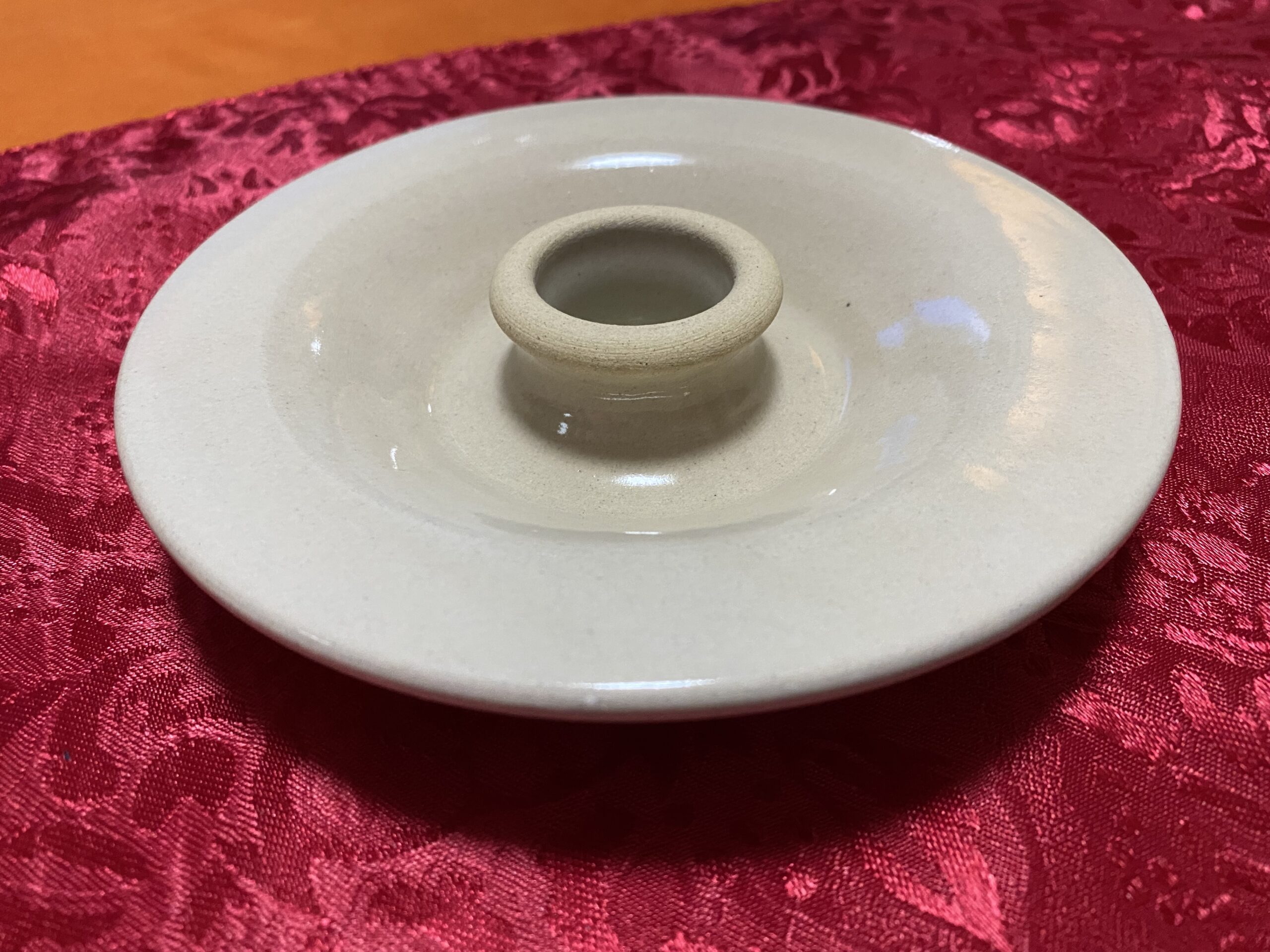
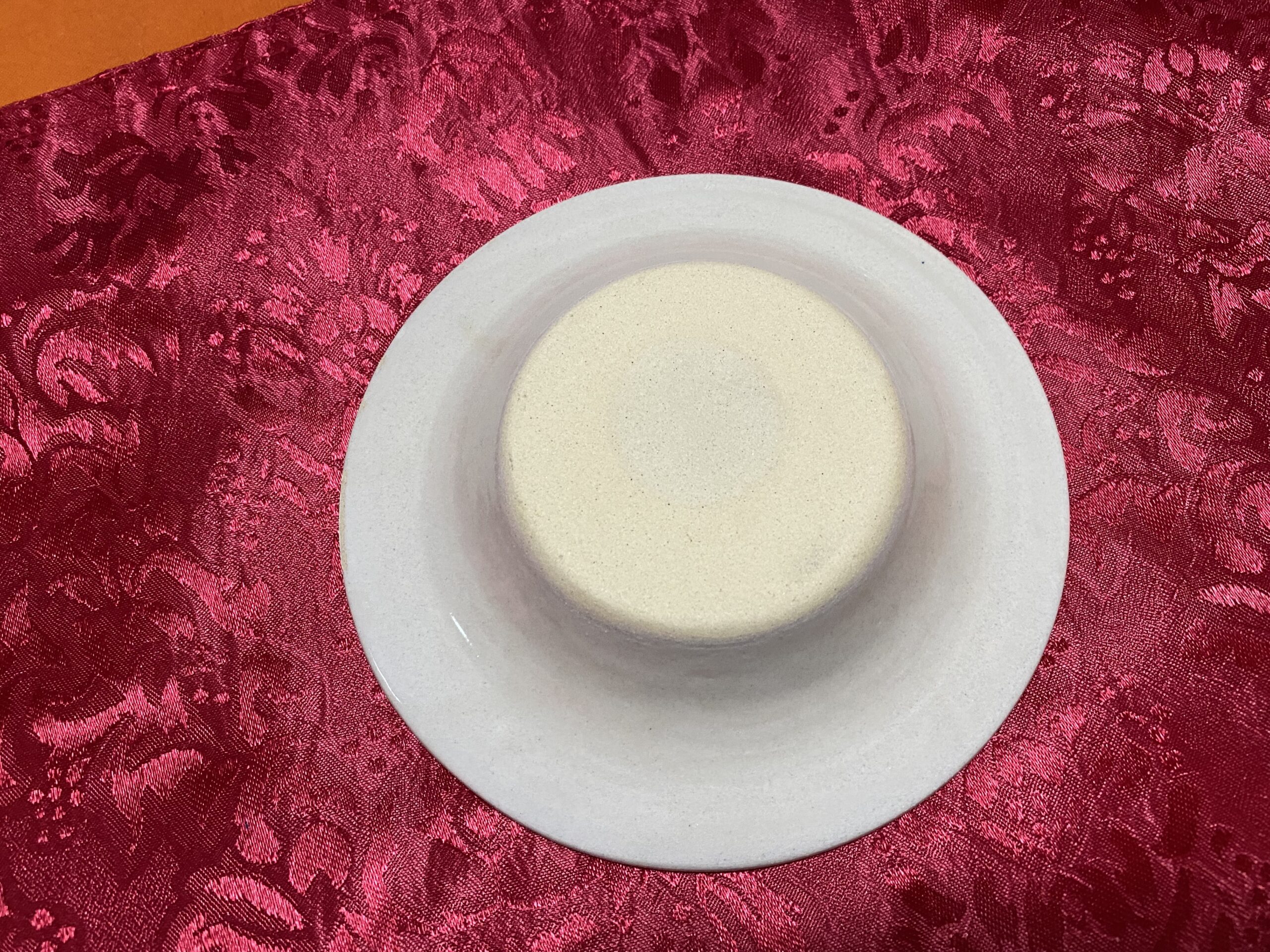
Never Miss an Important Article Again!
Join our Email List


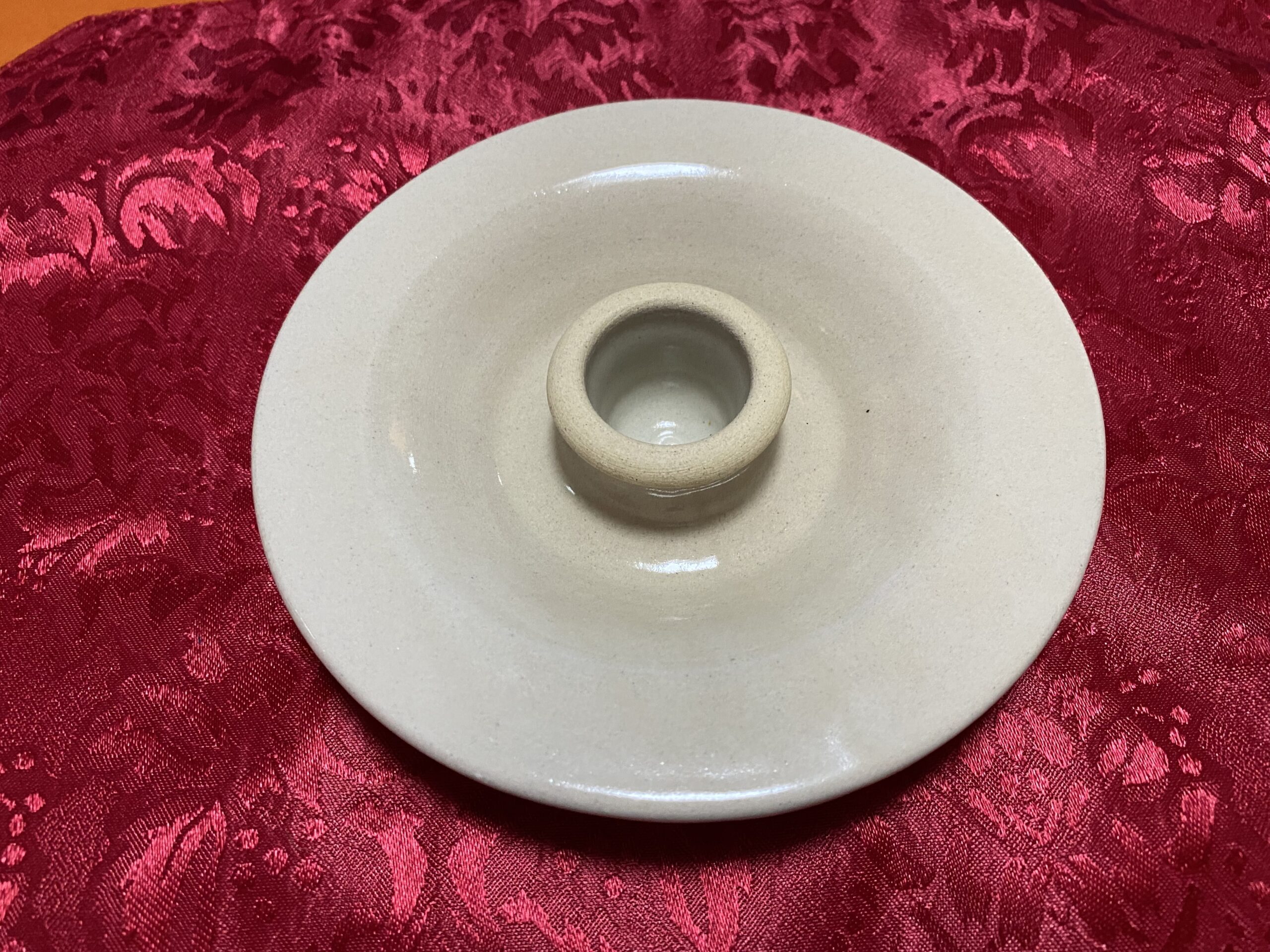
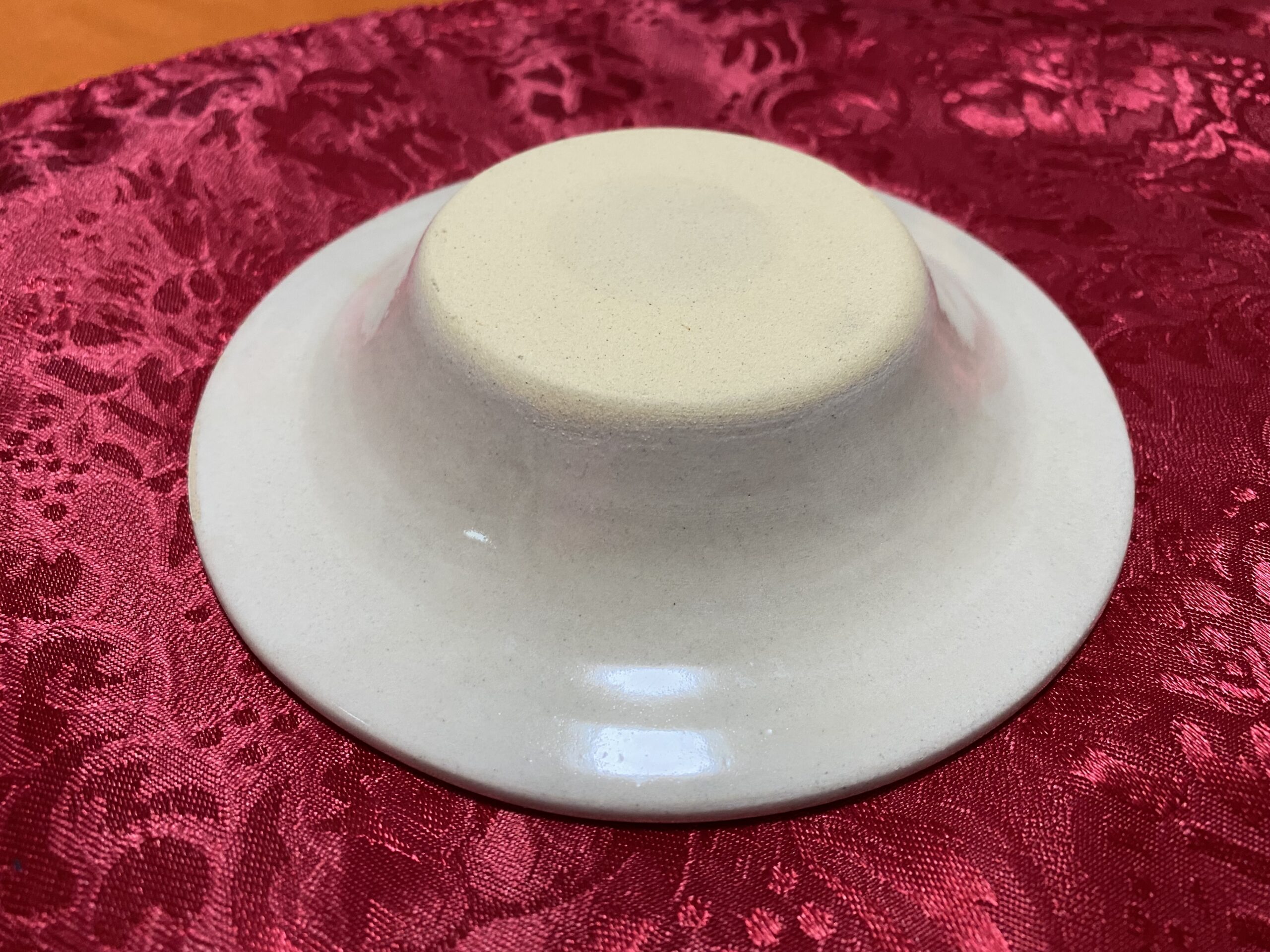 Introduction:
Introduction: 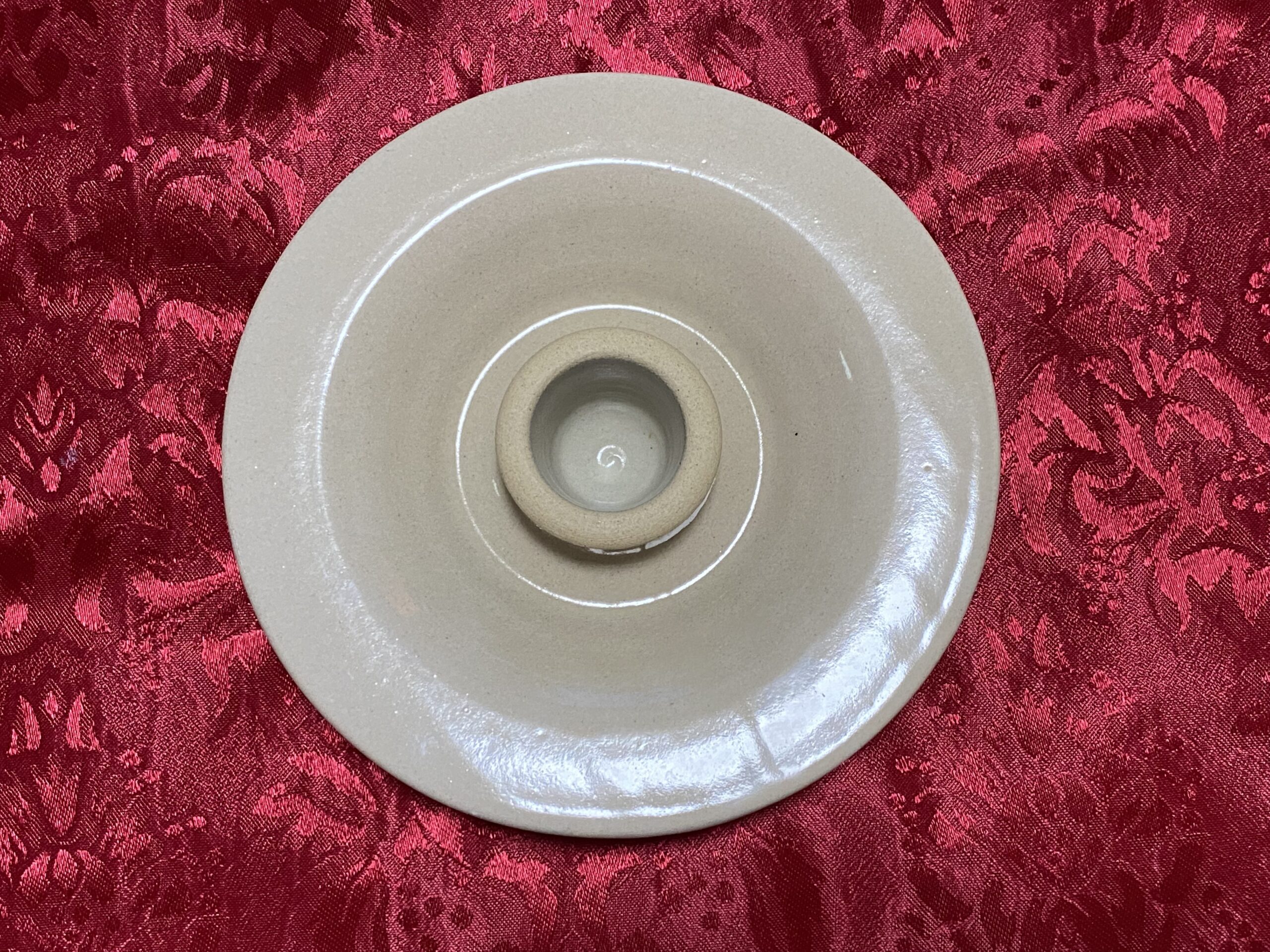

Is there an actual water dispenser that you’ve tested? That can hold a 5 gallon glass jug?